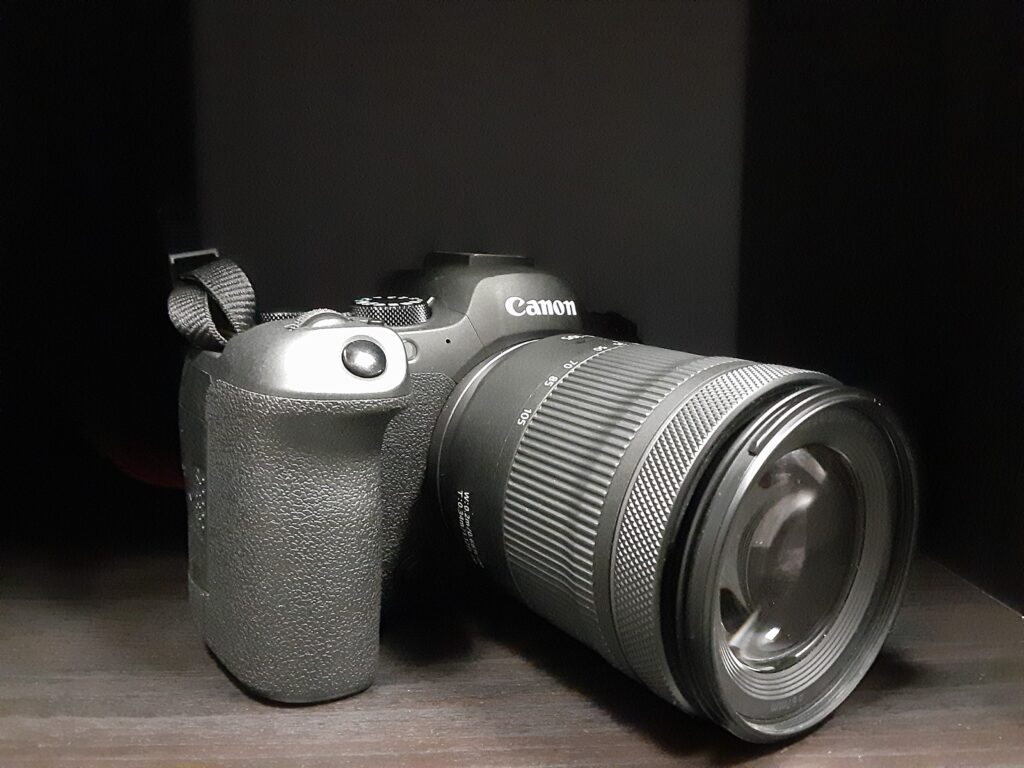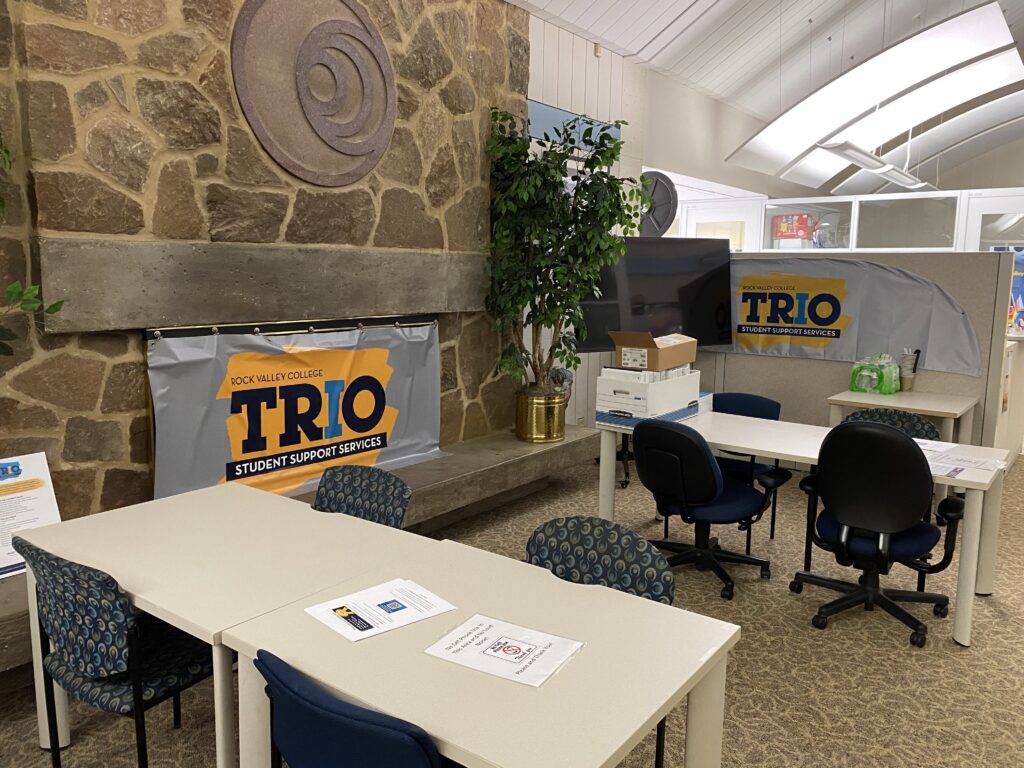
Every year, the titans of the mobile industry like Samsung, LG, and HTC come to Barcelona for the Mobile World Congress. It’s essentially a convention for developers to showcase their upcoming devices and prototypes. This year’s event saw a noticeable shift of focus away from smartphones and more of a trend towards broader tech, much like the Consumer Electronics Show earlier this year.  In fact, HTC and Motorola didn’t have any flagship devices this year, instead choosing to showcase their other projects. But now that that’s all out of the way, let’s get into all of this year’s reveals.
In fact, HTC and Motorola didn’t have any flagship devices this year, instead choosing to showcase their other projects. But now that that’s all out of the way, let’s get into all of this year’s reveals.
Samsung
Samsung came prepared with the device that everyone expected: the Galaxy s9. It’s a phone that with every iteration gets more refined in ways that are somehow still surprising. The s9 has a 5.8 inch AMOLED, QHD+ screen with an 18:5:9 aspect ratio. The Exynos 9810 CPU replaces the s8’s Snapdragon 845, and is powered by a 3,000 MaH battery. The specs here aren’t terribly remarkable, but the bezels of the device are noticeably smaller and the camera received a dual aperture setup for better shots in various lighting compositions.Like the last generation, the s9 is complemented by the s9 plus. The plus version boasts dual rear cameras for wider shots, a 6.2-inch screen, a larger battery, and onboard stereo speakers (audiophiles rejoice!) Both devices will feature Android 8.0 at launch and have Samsung’s Augmented Reality Emoji, a feature introduced by Apple last September.
LG
LG didn’t bring any new flagship devices (like the rumored G7, or any news on the V40) but it did showcase an upgrade to last years V30: The LG V30S ThinQ. Now, you might be asking at this point, “Why would LG update an old phone instead of unveiling the G7?” You’d be well within reason to be confused at LG’s decision, given how quickly the world of mobile phones moves. However, that’s all not to say that the V30S is a bad phone by any measure. The device still has all of the V30’s impressive specs (Snapdragon 845, dual stereo speakers, a built-in DAC for better headphone listening,) but received more RAM and a larger amount of storage, on top of some software updates. A bit underwhelming to be certain, but I expect we’ll see more from LG within the coming months.
Nokia
Yep. Not only do they still exist, they’ve doubled down on the market of those nostalgic
for their older devices. We recently saw them reboot the 3310, the seemingly indestructible cult classic released back in 2000. This year, they brought back the 8810 banana phone (made popular by the Matrix) with 4G functionality, Android Smart Feature OS, a whopping 25-day battery life, and Snake, naturally.

HTC
HTC used this year’s MWC more as a platform for promoting their Vive virtual reality headset. While they didn’t bring any news on the expected U12 in time for the show, the Vive hardware is absolutely a highlight of this year’s show. Initially released back in 2016, the base Vive headset used high-end desktops to bring virtual reality games directly to consumers. HTC further showcased the recently announced successor to the Vive, the Vive Pro. It’s got nearly twice the resolution of the base model and has now incorporated a highly requested pass through a camera. The Pro also makes the headset wireless, fixing arguably the biggest drawback of the previous iteration. HTC also brought the Vive Focus, the standalone derivative of the base Vive. It’s fully independent of exterior processing like the Galaxy Gear which needed a Galaxy handset to work or the Vive itself, which must be connected to a desktop. The headset uses its onboard pass through cameras to blend VR and AR experiences, setting it apart from the first (though certainly not the last) of its kind.
Sony
Sony announced their flagship Xperia XZ2 during their press conference.
The phone will have a 5.7-inch, HDR FHD+ display with an 18:9 aspect ratio.The processor has also been upgraded to the Snapdragon 845. Also, the XZ2 will see the addition of a “dynamic vibration system,” borrowing some hardware from the PlayStation 4’s Dualshock controllers. Users can disable this feature if they chose, at will also drain the battery 10% faster while active. Alongside the XZ2, Sony announced the XZ2 Compact, a .7 inch shorter version with a sturdier design. It does, however, sacrifice some features like wireless charging and the mentioned dynamic vibration system.
Apple
Apple was unsurprisingly absent at this year’s MWC, considering their past avoidance of out-of-house trade shows in general. However, Apple not having a booth at the event doesn’t mean it didn’t still have some presence. Namely, the “Notch” design of the iPhone X used in facial ID managed to still emerge at this year’s show in the Asus Zenfone 5. This design choice is undeniably just an attempt at hop[ing on a trend, but the best part is that the X’s notch only exists to allow the facial sensor to work. It wasn’t a cosmetic choice, but a practical one. Asus implemented the notch and didn’t use it for anything aside from the standard front-facing selfie camera and speaker, making it not just unnecessary, but also sets the phone a step back, especially in a year like this one which has done so much to make bezels less noticeable.
 Overall Impression
Overall Impression
This year’s show did see decidedly less smartphone than usual, but I personally welcomed the shift towards more interactive tech. Something else to note is that I simply highlighted the main takeaways from the 2018 show. Things like Samsung’s Bixby AI and Lenovo introducing their take on Chromebooks were also interesting. There was an unexpected absence of Smartwatches, along with a decline of handsets that include headphone jacks. All things considered, it was an impressive showcase, and will likely be even more comprehensive next year.
Editors Note: Featured image and Mobile World Congress photo from outside is from Jordiferrer under license with CC BY 2.0. 5G photo by Karlis Dambrans and is under license with CC BY 2.0. Huawei photo by Kippelboy and is under license by CC BY-SA 3.0.








